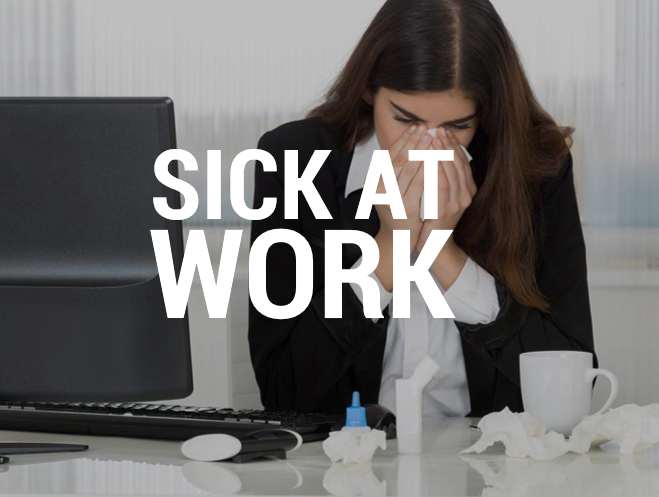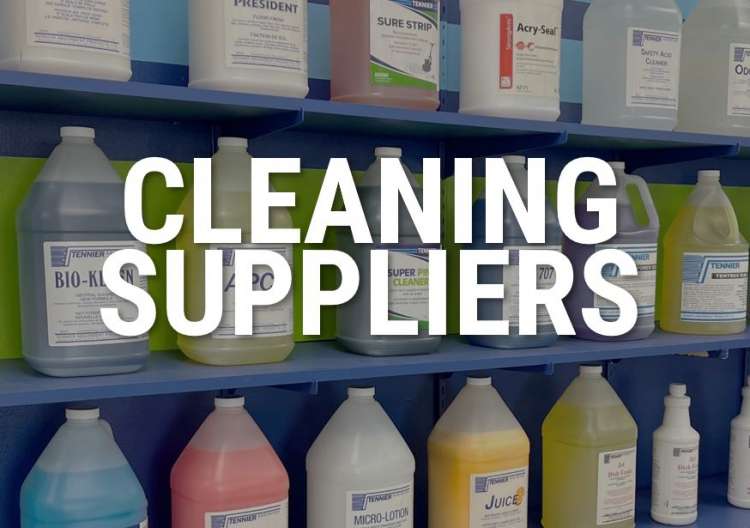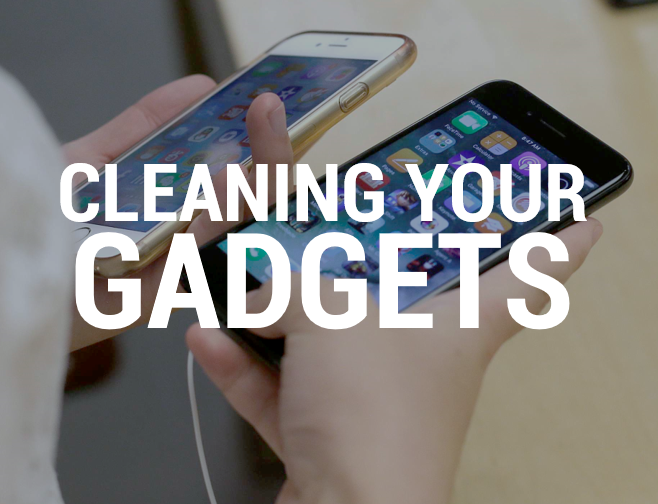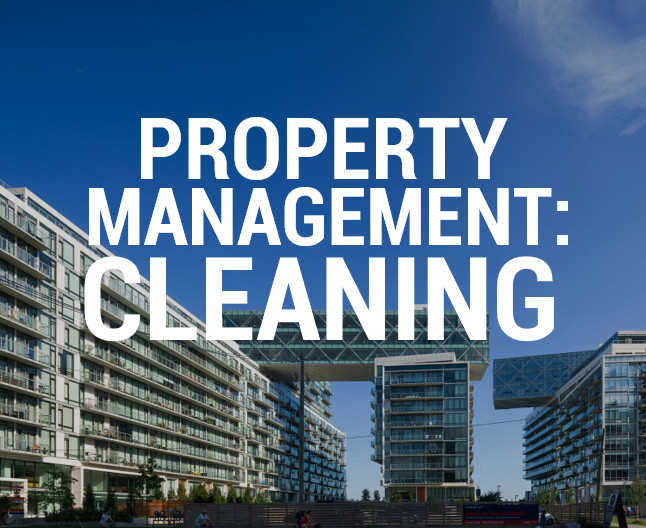This piece provided by Deb Group, part of SC Johnson Professional and makers of commercial skin care products.
There’s a connection between clean offices and productivity
The cold and flu isn’t on the payroll, but it works overtime to infect everyone it can. This doesn’t just harm a worker’s health, it can have major consequences for a business, too. According to the Centers for Disease Control and Prevention (CDC), the flu causes U.S. workers to lose up to 111 million workdays and an estimated $7 billion a year in sick days and lost productivity[1].
Last year was a particularly rough flu season across all regions. In Canada, between Aug. 26, 2017 and June 23, 2018, there were 55,019 confirmed cases of influenza[2]. Similarly in the U.S., 30,453 laboratory-confirmed influenza-related hospitalizations were reported from October 1, 2017 through April 28, 2018[3]. Across the pond in the UK, 2017 was the worst flu season since 2011[4]. Unfortunately, we may see similar numbers again this flu season. A new study predicts this fall’s flu vaccine will likely have the same reduced efficacy against the dominant circulating strain of influenza A as the vaccine given in 2016 and 2017 [5]
Fortunately, there are several ways to prevent the cold and flu, including flu shots, keeping workspaces clean, encouraging hand hygiene compliance and making sure that the right tools are available to prevent the continued spread of infection. Desks, keyboards and telephones remain some of the dirtiest objects in the office, harboring more bacteria than the average office toilet seat[6]. And the very soap that is meant to keep hands clean can easily be contaminated with bacteria if the office uses refillable bulk soap dispensers.
While encouraging employees to get a flu shot and maintain a tidy and clean work space is one way to limit an outbreak in the office, it isn’t one you can rely on. Unfortunately, only 40 percent of adults, on average, get their seasonal flu vaccination[7]. However, there are surefire ways to improve health in the office: replace the germ-infested soap dispensers and encourage employees to keep their hands clean.
Washing with Confidence
The CDC estimates that 80 percent of all infections are transmitted by hands[8]. Hand hygiene is the most important measure to avoid the transmission of harmful germs[9]; however, if a facility uses refillable bulk soap dispensers, the soap could be contaminated with disease-causing bacteria. Refillable bulk soap dispensers are still the predominant dispenser type in public restrooms and require soap to be poured into an open reservoir over and over again. This allows bacteria to grow and contaminate not only the dispenser, but any left over and new soap in the dispenser.
Facility managers have another option: Dispensers. These dispensers are widely available and refilled by inserting a sealed cartridge of soap into the dispenser, making them safer and more hygienic than refillable bulk dispensers. Sealed cartridge dispensers also offer building owners a number of other benefits, including:
- Ease of maintenance. Refilling bulk dispensers is a messy, time-consuming process. There are no spill opportunities with sealed cartridges, and they are quick and easy to change and maintain.
- Cost savings. Bulk dispensers allow users to take as much or as little soap as they’d like, rather than the quantity required to kill harmful germs. Most cartridge dispensers are designed to deliver exactly the right amount of product at any given time. By providing the right amount of soap every time, and limiting leaks and spills, cartridge dispensers also save managers money by ensuring no product is wasted.
- Better soap options. Sealed cartridge dispensers also make it possible to use highly-effective foam soaps instead of lotion-products. Up-to 36 percent less foam soap is needed for effective hand washing, in comparison to lotion soap, with a standard 1-liter cartridge yielding over 1,400 hand washes.
- Environmentally friendly. Foam soaps can also contribute to significant water and energy savings. Water consumption can be reduced by an estimated 45 percent, and a range of foam formulations also carry the Green Seal Certification, guaranteeing that the products meet the eco-friendly standards.
Clean Hands, Clean Workplace
Flu season is right around the corner, but you don’t have to settle for the inevitable infection. Preparation and prevention are the best ways to put the cold flu out of work. Limit cold and flu outbreaks by replacing contaminated bulk soap dispensers with sealed cartridges. This will encourage a positive hand hygiene culture and keep your employees and your business healthy.
[1] https://www.cdc.gov/niosh/topics/flu/activities.html
[2] https://ipac-canada.org/influenza-resources.php
[3] https://www.cdc.gov/flu/about/season/flu-season-2017-2018.htm
[4] https://www.bbc.com/news/health-42725152
[5] https://www.sciencedaily.com/releases/2018/04/180419131015.htm
[6] http://info.debgroup.com/blog/bid/270143/bacteria-and-viruses-at-work
[7] https://www.cdc.gov/flu/fluvaxview/coverage-1516estimates.htm
[8] http://www.newsmax.com/Health/Health-News/infections-hand-fist-bump/2014/01/09/id/546258/
[9] http://www.who.int/gpsc/5may/Hand_Hygiene_Why_How_and_When_Brochure.pdf





